If you’re looking for protection against blades, you have plenty of choices in body armor. The key is knowing what will work best for your situation (and knowing they aren’t bulletproof).
For law enforcement, “body armor is one of the most important pieces of safety equipment used by officers,” according to the National Institute of Justice (NIJ) Guide. The NIJ, which is part of the U.S. Department of Justice, noted that between about 2,000 officers are assaulted with firearms every year.
For civilians, it can prove equally important if you find yourself in situations where you have concerns about getting shot at or attacked by someone wielding a knife. Fortunately, there are options to choose from and new armor innovations are being developed all the time.
Stab Resistant and Bullet Proof
Some types of body armor are built as stab or blade resistant. Others are made to be bulletproof. It’s important to note that body armor that might turn a blade is not necessarily bullet proof. On the other hand, a bullet proof vest may not provide protection against a blade. It’s important to get the details on what you buy to know exactly what you are getting protection against. That also requires you to assess your environment and determine what will work best for you.
Body Armor Choices
You have a variety of choices for body armor. The NIJ regulates the manufacture and sale of body armors. The NIJ classifies body armor into five different threat levels: Level IIA, Level II, Level IIIA, Level III and Level IV. Generally, there are two main types of body armor: regular non-plated body armor that provides moderate to substantial protection, and hard-plate reinforced body armor such as that used by soldiers in combat.
Ballistic Threat Protection
Ballistic threat refers to getting shot at with a gun. Ballistic threat body armor – bulletproof armor – can stop a ballistic threat. Level II, Level IIa and Level IIIa armor offer protection against most commonly available firearms, including 9mm, .357 magnum, and .44 magnum firearms.
Level IV ballistic armors protect against large, high velocity bullets. They can stop rounds fired by rifles and submachine guns and are typically used by tactical police teams and the military.
Kevlar ballistic vests are used for Level II and Level IIIa protection. For Level IV protection, hard ballistic plates made from materials such as Dyneema polyethylene or some types of ceramic are used for protection.
Edged Blade Threats
The term edged blade includes knives, obviously, but also things such as broken glass that someone might have in a street fight. Body armor that provides protection from edged blades also can stop swords and axes.
That’s different from multi-threat body armor, which protects from attacks by ice picks, needles, long nails, stilettos and screwdrivers. These piercing weapons can get through the small spaces between the fabric of body armor threads. Specially designed spike-threat body armor protects against that.
The fit of the armor is also of utmost importance. You want body armor on the upper body that still allows you to do the following without feeling restricted: bend, sit, run, jump, crouch and climb stairs. Women should also keep in mind they need to order body armor specifically built for the female body.
While body armor may make some feel invincible, there is no foolproof way to protect the human body if someone is intent on inflicting harm. Body armor comes in several different levels of protection. With that in mind, choose what is most suitable to your environment and needs. It may not be a common shopping list item, but it doesn’t hurt to become acquainted with the ins and outs of the various types of body armor.

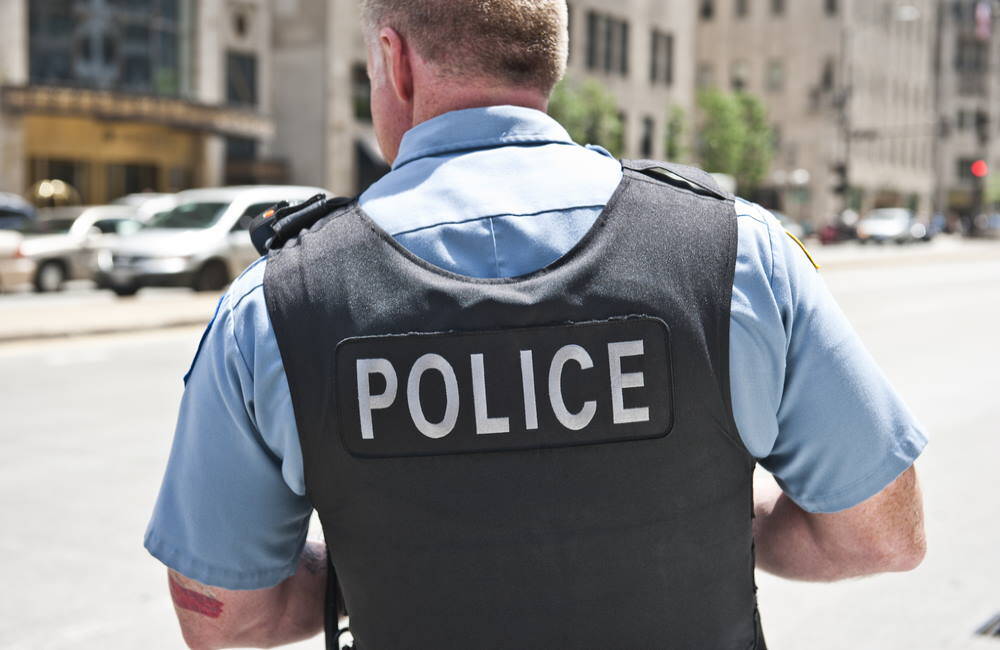
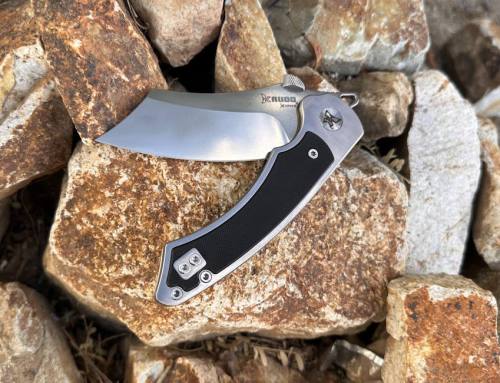
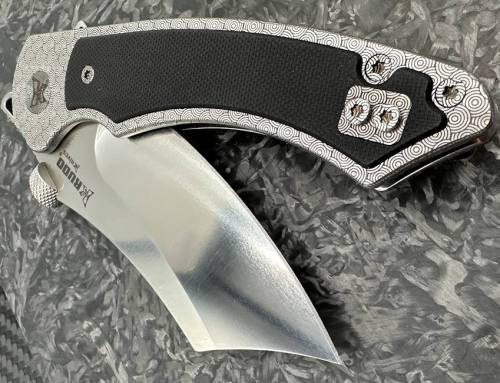
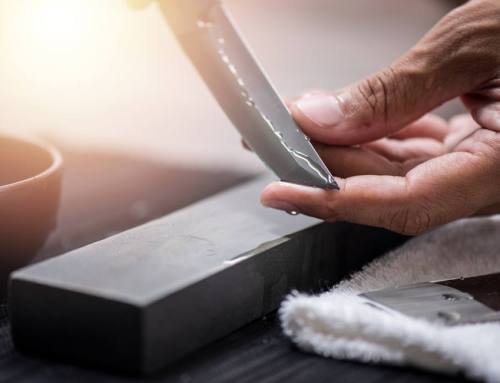
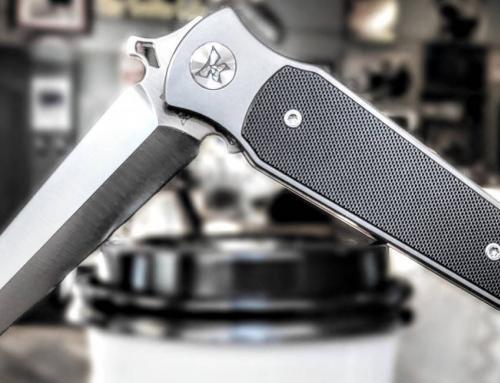
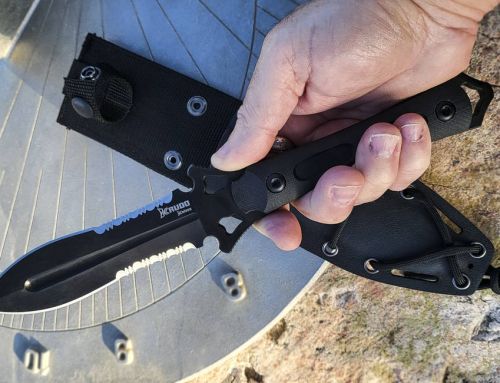
Leave A Comment